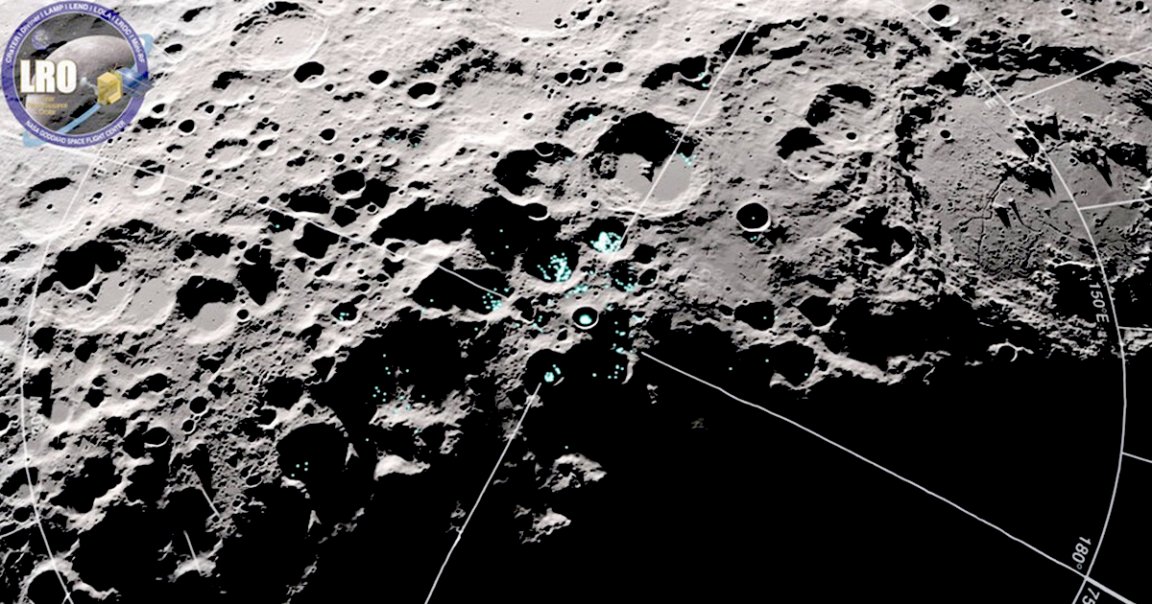
Moving Water
NASA’s Lunar Reconnaissance Orbiter (LRO) just spotted “moving water molecules” on the near side of the Moon — which could be a big deal for future human missions to the Moon.
Scientists observed water molecules moving around as the lunar surface heated up during the Moon’s day cycle. Researchers had previously assumed that the main source of water — hydrogen ions from solar wind — would be cut off when the Earth travels between the Moon and the Sun. But the new findings didn’t see any decrease when the Earth cut off solar wind to the Moon, suggesting that it could harbor a more sustainable source of water than previously believed.
Hot Topic
The discovery is described in a paper published in the journal Geophysical Research Letters by researchers from the John Hopkins Applied Physics Laboratory and NASA’s Goddard Space Flight Center in Maryland. The data was collected by the LRO’s Lyman Alpha Mapping Project (LAMP), an ultraviolet spectrograph that was built to map ultralight wavelength reflections on the lunar surface.
“This is an important new result about lunar water, a hot topic as our nation’s space program returns to a focus on lunar exploration,” said Kurt Retherford, principal investigator of the LAMP instrument from Southwest Research Institute in San Antonio, Texas, said in a statement. “We recently converted the LAMP’s light collection mode to measure reflected signals on the lunar dayside with more precision, allowing us to track more accurately where the water is and how much is present.”
The Shape of Water
A groundbreaking 2017 study from Brown University suggested that there may be substantial amounts of water inside lunar rocks. At the time, the discovery was a major shift from the consensus view that most water on the Moon is located near its poles.
This year’s results discovered by LAMP seem to underline that the lunar water cycle could make water far more accessible to us during future missions to the Moon than we previously thought — the more water already exists on the Moon, the less time and resources we have to spend in trying to get it there.
READ MORE: LRO sheds light on lunar water movement [NASA’s Goddard Space Flight Center]
More on water on the Moon: New Study Challenges Previous Conclusions About Water on the Moon